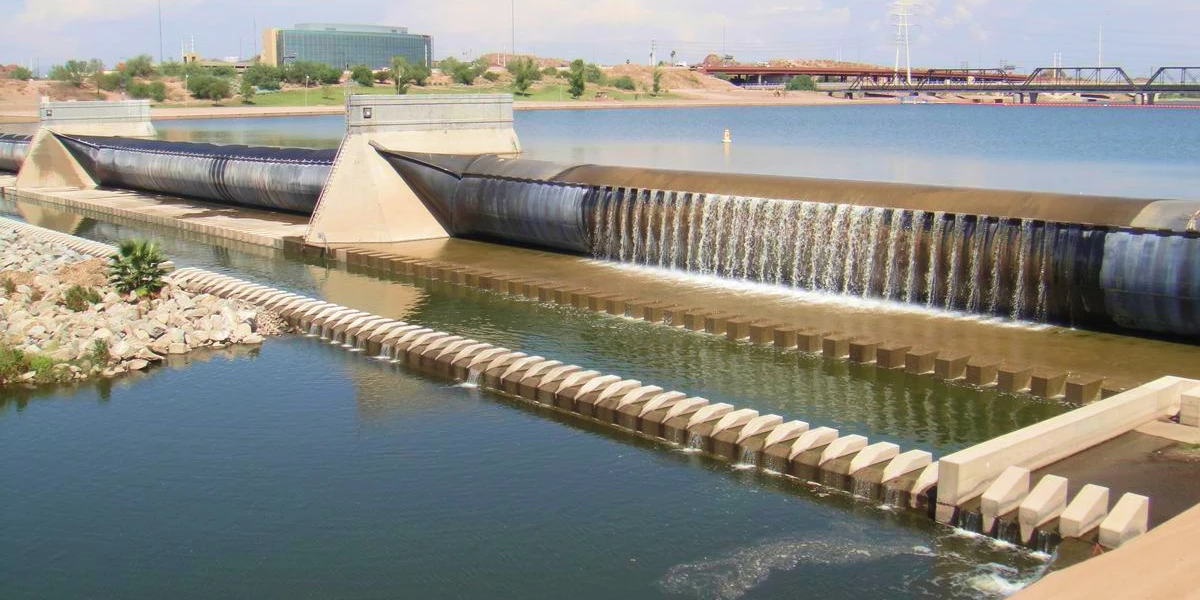

Water management is one of the biggest issues in India. Rubber dams are one of the most versatile and effective solutions when it comes to efficient water management. Rubber dams have been tested to be ecological and dependable whether used in agriculture, flood control, irrigation or industries. But one question we get to hear repeatedly at Yooil Envirotech is: Which is better, a modular rubber dam or continuous one?
Well, let us simplify it, make it practical and informative- since we understand how crucial getting the right rubber dam solution to suit your water flow needs in your particular project is.
Rubber dams: These are inflatable dams constructed using tough, flexible materials that may be placed transversely across channels, rivers, or canals to regulate and impound water. They are a flexible, recent alternative to the conventional concrete weirs.
However, more than this, rubber dams have taken the center stage in initiatives that involve rubber dam water uses in agriculture, city water management, and even the development of hydropower. They are intelligent and sustainable because they can be deflated or inflated depending on the demand of water.
So, without further ado, let us discuss the two major types: Modular and Continuous rubber dams.
These dams are constructed in several sections or “modules” which are joined together. The modules are relatively autonomous, which is why this type is suitable for custom installation or an unprofitable area.
These are single, long, uninterrupted structures, ideal for uniform water bodies. A continuous rubber dam in water conservation projects can stretch across wide rivers or canals and provide seamless control over a larger area.
Whether modular or continuous, the fundamental purpose of how rubber dams store water remains the same and efficient. Inflated with air or water, rubber dams can raise water levels to divert or conserve water as needed. When deflated, they allow water to flow naturally, ensuring minimal disruption to the environment.
At Yooil Envirotech, we’ve installed rubber dams globally in projects where efficient, smart water control is non-negotiable. These dams act as modern-day guardians of water, allowing us to hold back or release the flow based on demand.
Water is life—especially for farmers. With changing climate conditions and unpredictable rainfall, storing water during surplus periods has become crucial. This is where rubber dam water systems come into play.
Rubber dam water applications in agriculture:
And since they can be automated, rubber dams reduce manual labor and optimize resource usage—a win-win for both productivity and sustainability.
|
Feature |
Modular Rubber Dam |
Continuous Rubber Dam |
|
Terrain Suitability |
Irregular, uneven |
Flat, wide riverbeds |
|
Maintenance |
Easy to maintain/repair |
Fewer points of failure |
|
Scalability |
Highly scalable |
Limited once installed |
|
Best Use |
Agriculture, phased projects |
Urban flow control, flood mgmt |
|
Installation Time |
Longer (more parts) |
Faster in uniform sites |
At Yooil Envirotech, we don’t just offer products—we provide complete solutions. Whether you need a rubber dam solution for water flow in agriculture, irrigation, or flood management, our experienced team ensures the right design and installation every time.
We assess your site, understand your challenges, and recommend the dam type that brings the most value to your project. With decades of international experience, our rubber dam systems have empowered governments, businesses, and communities to better manage their most precious resource—water.
Choosing between modular and continuous rubber dams isn’t just about size—it’s about purpose. Each has its place, and the best choice depends on your landscape, your goals, and the volume of water you’re managing.
If you’re still unsure, reach out to Yooil Envirotech. Let’s talk about your project and design a rubber dam water system that delivers long-term results—efficiently, sustainably, and smartly.
